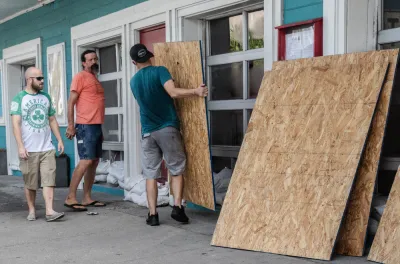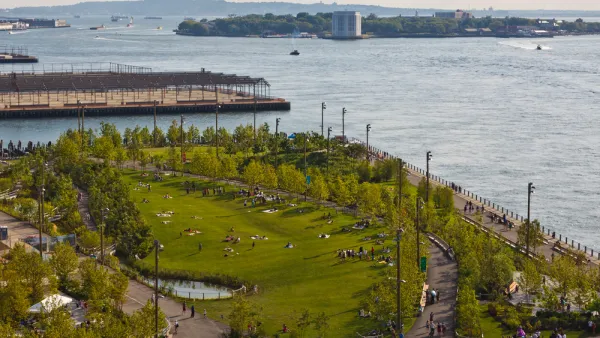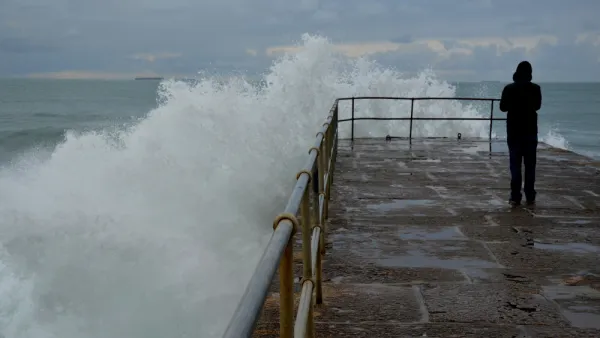The effects of climate change will vary depending on geographic location, so it's incumbent on states to prepare in their own, specific way. Not all states are taking that responsibility seriously, according to a new report.

Kate Elizabeth shares the details of a new report by the Trust for America's Health that finds the states most vulnerable to the effects of climate change are also the least prepared to deal with effects of climate change.
The report, a collaboration between the nonprofit and the John Hopkins Bloomberg School of Public Health, examines states’ ability to address the health effects of climate change based on their vulnerability, public health preparedness and existing climate-related adaptations. The results, researchers wrote, indicate that every state and the District of Columbia had done some sort of planning, but “there was significant variation and, in many places, a great deal of room for improvement.”
Of the 17 states deemed by the report to be most vulnerable to climate change, only two—North Carolina and Arizona—are also ranked among the most prepared. "Eight of the remaining 15—Tennessee, Georgia, Kentucky, South Carolina, Texas, Mississippi, Oklahoma and West Virginia—ranked among the states least prepared to handle the negative health effects associated with climate change," according to Elizabeth.
[Ed's note: Even "most prepared" is relative, and probably not enough for the coming changes, as exemplified by North Carolina.]
The report lists the most prepared states in the country as Colorado, Maine, Maryland, New Hampshire, Utah, Vermont and Wisconsin, along with the District of Columbia.
FULL STORY: Report: States Most Vulnerable to Climate Change Are Among the Least Prepared

National Parks Layoffs Will Cause Communities to Lose Billions
Thousands of essential park workers were laid off this week, just before the busy spring break season.

Retro-silient?: America’s First “Eco-burb,” The Woodlands Turns 50
A master-planned community north of Houston offers lessons on green infrastructure and resilient design, but falls short of its founder’s lofty affordability and walkability goals.

Delivering for America Plan Will Downgrade Mail Service in at Least 49.5 Percent of Zip Codes
Republican and Democrat lawmakers criticize the plan for its disproportionate negative impact on rural communities.

Test News Post 1
This is a summary

Test News Headline 46
Test for the image on the front page.

Balancing Bombs and Butterflies: How the National Guard Protects a Rare Species
The National Guard at Fort Indiantown Gap uses GIS technology and land management strategies to balance military training with conservation efforts, ensuring the survival of the rare eastern regal fritillary butterfly.
Urban Design for Planners 1: Software Tools
This six-course series explores essential urban design concepts using open source software and equips planners with the tools they need to participate fully in the urban design process.
Planning for Universal Design
Learn the tools for implementing Universal Design in planning regulations.
EMC Planning Group, Inc.
Planetizen
Planetizen
Mpact (formerly Rail~Volution)
Great Falls Development Authority, Inc.
HUDs Office of Policy Development and Research
NYU Wagner Graduate School of Public Service





























